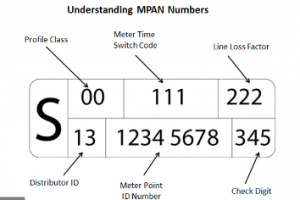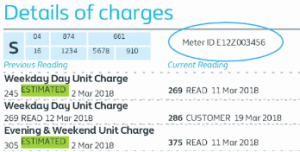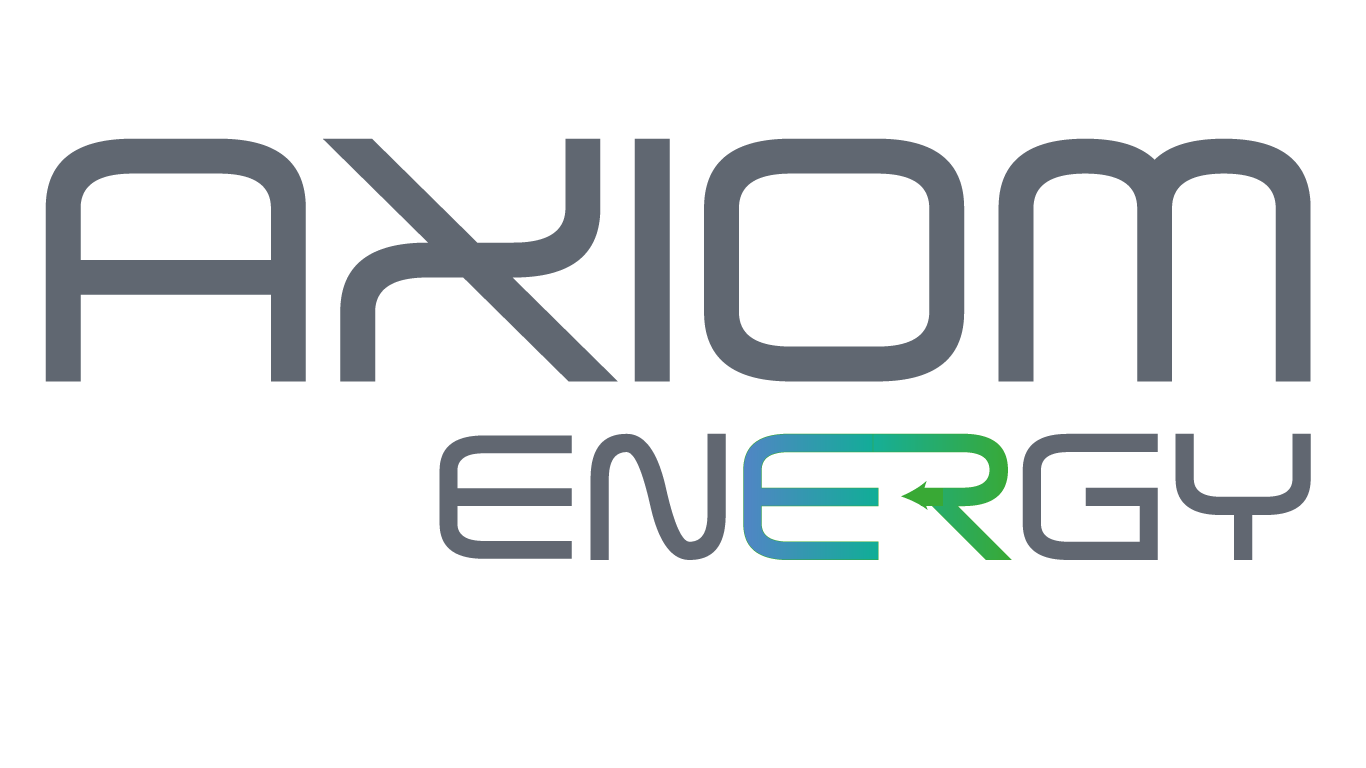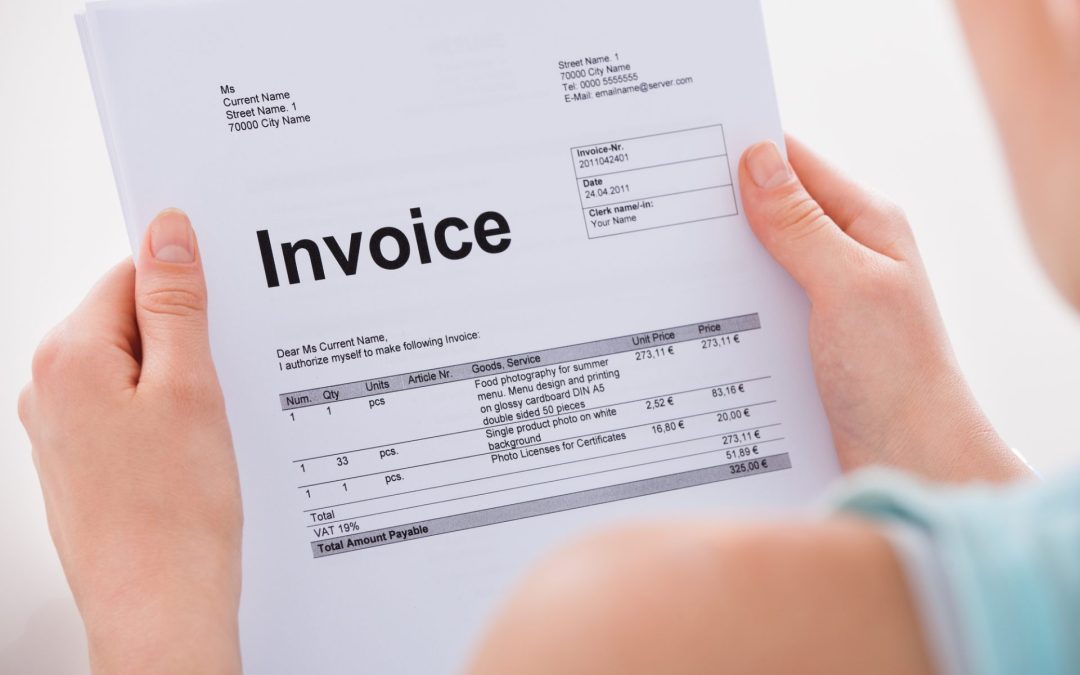This isn’t the most exciting time, looking at invoices or trying to calculate what your current agreement is actually telling you. With suppliers legally obliged to break down every charge, there seems to be an information overload. There are however some important areas of your Electric/Gas invoices you need to understand.
The easiest of these to understand is your information, the site address, business name, account number and date period the invoice covers.
Important information on your bill isn’t always the easiest to read or understand, these we will cover to ensure the next time you receive an invoice you have a much clearer understanding.
How much energy you’ve used
- Your Energy is measured in KHW (Kilowatts per Hour) whether that is Electricity or Gas. This is the amount of energy you have used over a stated period of time.
Tip: Keep an eye on this reading and ensure regular meter readings are given to your suppliers. This will enable you to track your usage patterns and also quickly rectify any errors the supplier may have made.
Details of your Agreement.
- This is where things become a little more complicated. To begin and probably the most important number on your invoice is your Unit charge. Your unit rate is what was agreed between you and your supplier/broker. The broker’s commission is included in the number you see on your invoice e.g. 16p-pkwh – this would be how much you are paying for every KW of Energy you are using. Brokers include the commission in this rate, so whilst you won’t always see what the brokers and suppliers have added to market base rates, this is where the money is. Gas suppliers always have a much lower unit rate than Electric e.g. 3p on Gas and 16p on Electric.
Tip: While negotiating your agreements try and get this rate as low as possible, a small reduction of 0.1p can save a fair amount of money.
- Standing Charge – This is a standard daily charge which usually covers the cost of getting the required amount of energy to you. Suppliers and Brokers will also increase this rate to make a little extra money. Gas supplies tend to have a higher standing charge.
Tip: Ask your supplier/broker if they are adding commission to the standing charges. They really shouldn’t be doubling the commission charges unless you have agreed on this beforehand.
- MOP charges – The MOP charges are a legal requirement and applied to Electric Half Hourly Meters (profile classes 05-08) Sites that have a maximum Electricity demand of over 100kW per annum must have a HH meter.
Tip: If you can agree on these charges directly with a ‘Meter Operator’ you can save yourself between £300-£500 per meter per year.
- DUos Charges – DUoS is an abbreviation for Distribution Use of System. This is a charge that the distribution network adds to every Electric supply.
- TUos or Tnuos Charges – National Grid determines the three highest half-hour periods of Electric demand during the winter months. These are termed “Triads” and are used to calculate your Transmission charges.
Tip: If not managed this can be as much as 5-10% of your invoice, get some expert advice on how to manage these ‘Triads’.
- KVA – Sometimes a very difficult reading to measure, for Half-Hourly meters this is generally an Electricity maximum demand maintenance charge. Check with your Electrician to see your maximum voltage requirements and ensure this equates to your AMP requirement.
Tip: You will need expert advice in managing this. Some suppliers have been caught trying to increase this rate resulting in very high and unbalanced invoicing.
- Supply number (MPAN) Electric – The Meter Point Administration Number (MPAN) is a unique number for the Electricity meter in your property. You will usually see an additional Meter ID Number that applies to your specific Meter. Both need to cross-reference one another to ensure your supply is metered correctly.

Image showing additional and user-specific Meter ID:

- Meter point reference number (MPRN) Gas – the Meter Point Reference Number (MPRN) is a unique number for your Gas meter. Again, you will usually see an additional Meter Serial Number which applies to your specific Meter. Both need to cross-reference one another to ensure your supply is metered correctly.

How are your Gas and Electricity bills calculated?
The amount you pay for your energy depends on the amount of Gas and Electricity your business has consumed, and energy suppliers use a few different ways to work this out.
Most of the time Energy Suppliers will estimate your usage based on previous invoices, this is the normal industry practice unless you have a smart meter. The smart meter if registered correctly will enable your site/s to have accurate readings and charges, as this communicates directly with the suppliers monitoring systems.
It’s better for your energy supplier to charge you based on accurate meter readings, as these will show exactly how much Gas and Electricity you’ve used. The amount of energy you use fluctuates throughout the year depending on weather and business operations, so keep track of this. Keeping on top of your invoices can allow you to see anomalies before they result in high-value billing complaints.
Tip: Set yourself a reminder on the 1st of every month to take meter readings, record these and submit them to your supplier. Most Energy suppliers have online meter reading tools, so it usually doesn’t take that much time.


Recent Comments